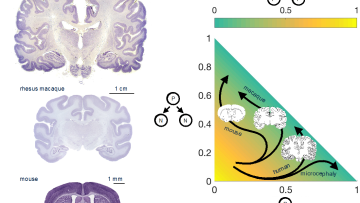Alfio Quarteroni - Mathematical and numerical models for heart function
Abstract
Mathematical models based on first principles can describe the interaction between electrical, mechanical and fluid-dynamical processes occurring in the heart. This is a classical multi-physics problem. Appropriate numerical strategies need to be devised to allow for an effective description of the fluid in large and medium size arteries, the analysis of physiological and pathological conditions, and the simulation, control and shape optimisation of assisted devices or surgical prostheses. This presentation will address some of these issues and a few representative applications of clinical interest.


